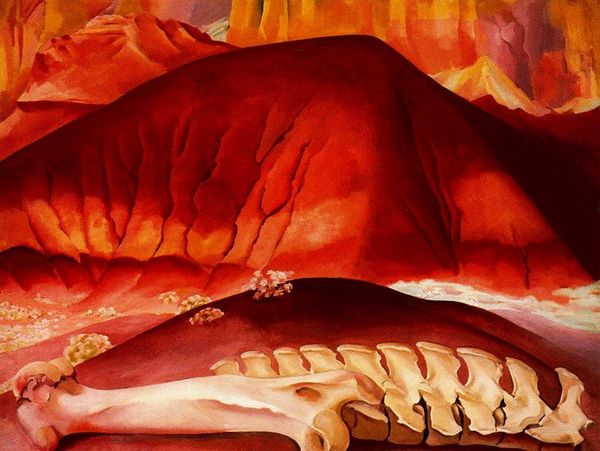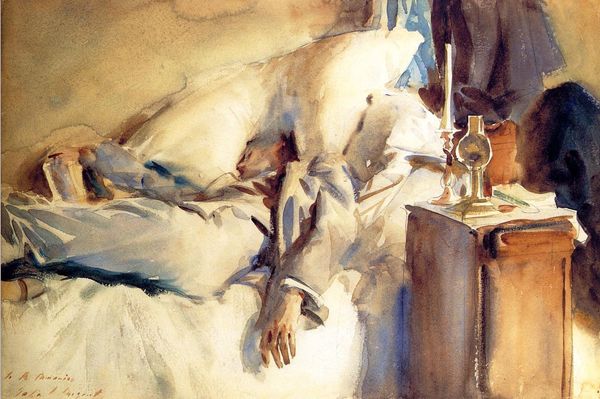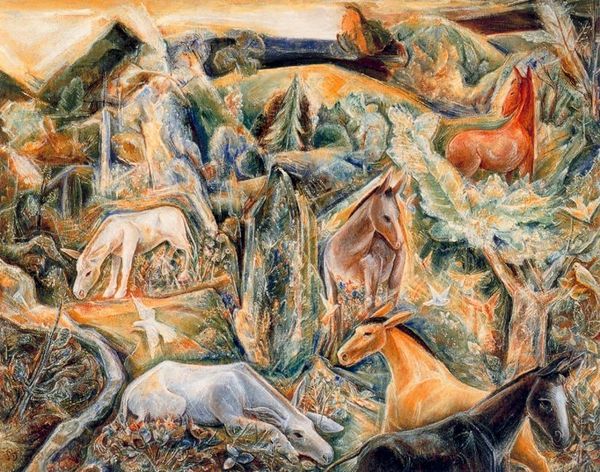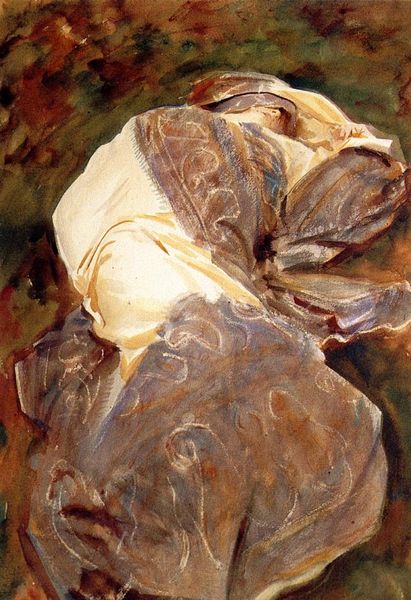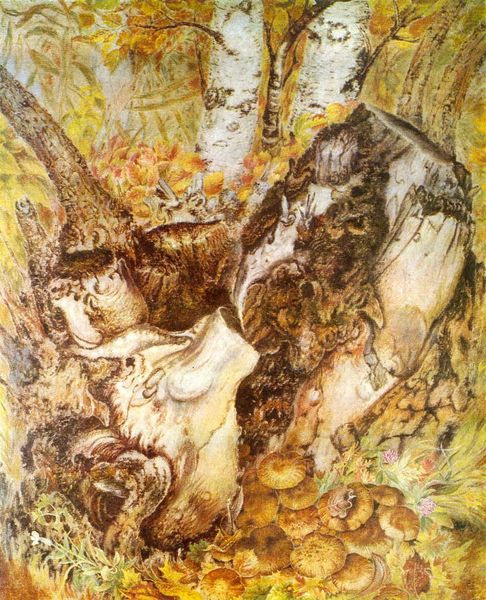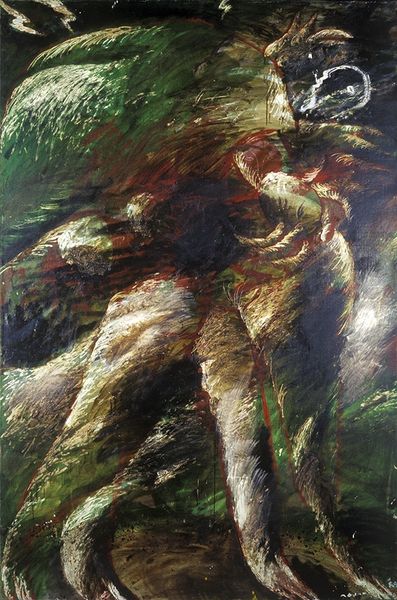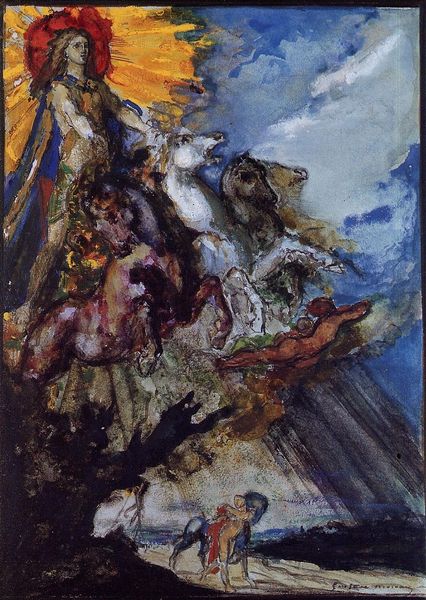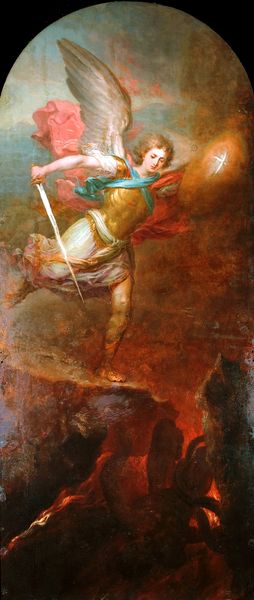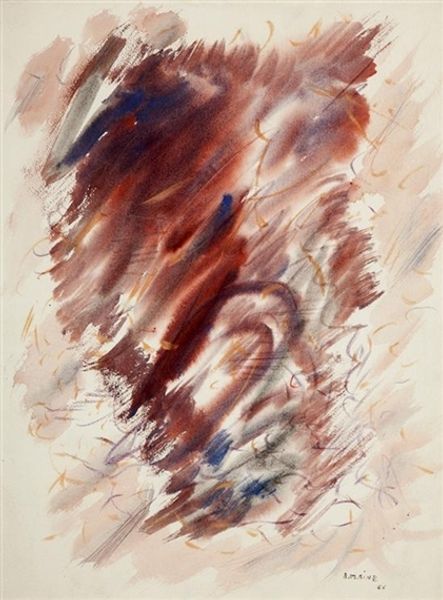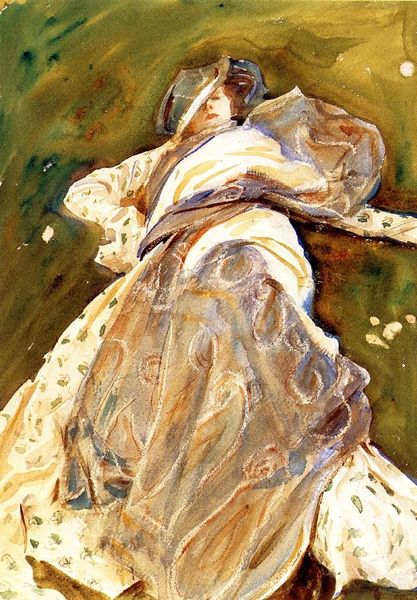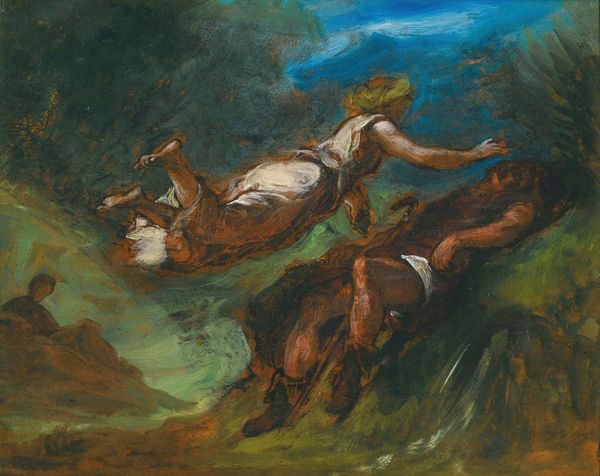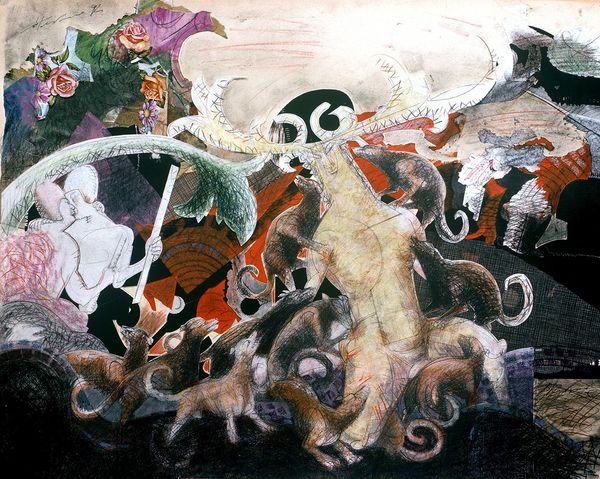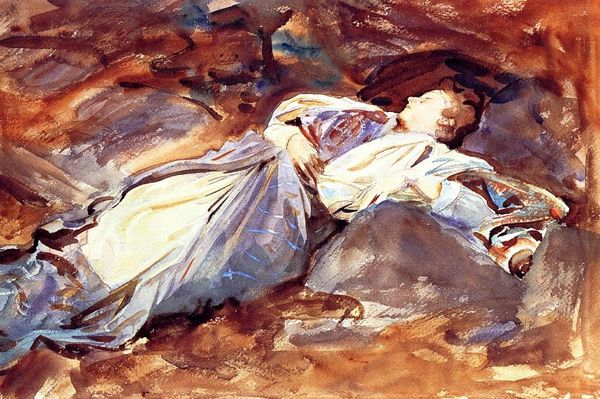
Dimensions: 34.29 x 49.53 cm
Copyright: Public domain
Editor: This is John Singer Sargent's "Woman Reading in a Cashmere Shawl," painted in 1909. The loose watercolor style feels so intimate, almost as if we're intruding on a private moment. How do you see this piece interacting with the broader art world of its time? Curator: This watercolor reflects a fascinating tension. Sargent was known for his commissioned society portraits, paintings explicitly intended for public display, shaping the image of the wealthy elite. This, however, feels different. It gives the appearance of a candid, intimate moment but carefully avoids revealing the sitter's face; her identity is kept a secret. In a time when female figures were so heavily scrutinized in art, what is she actively reading and concealing from our gaze? It raises questions about privacy, the consumption of knowledge, and women's roles at the turn of the century. Editor: That makes me think about the shawl itself, its presence in the title. Could it be a symbol of status, or something more? Curator: Absolutely. Cashmere shawls, at the time, signified wealth and were highly fashionable, reinforcing a particular social status for the sitter. The Post-Impressionists were exploring themes of alienation in society at the time, as they observed its increasingly commodity-driven, urban nature. Do you think that reading may allow the figure to separate herself and create her own space and inner world within this type of society? What feelings does her posture and location evoke in you? Editor: Thinking about how reading allowed her some power is a helpful frame, in my eyes. I see more intentionality, less passivity now. Curator: Exactly. Viewing this piece through that cultural lens shows us that a seemingly simple, serene image engages with a deeper commentary on gender and power in the modern world. Editor: This was so insightful! I feel like I see not just a pretty picture now, but a cultural statement. Curator: Indeed! By considering the historical and social context, we can unpack layers of meaning within seemingly simple works of art.
Comments
No comments
Be the first to comment and join the conversation on the ultimate creative platform.

